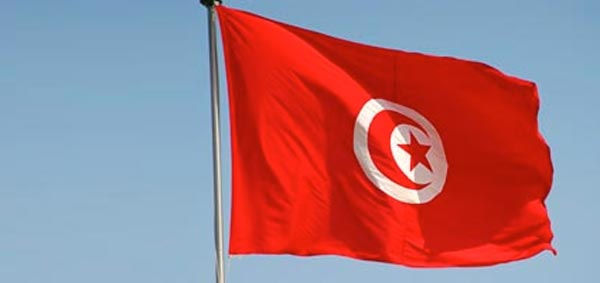Tunisian Jebba a symbol of elegance, grace and authenticity
- Maher Dardour

- Feb 12, 2019
- 2 min read

Its geographical position, Tunisia is a crossroads of civilizations of considerable cultural richness. Thus the different cultures that have followed throughout history have left their multiple footprints all aspects of life, such as clothing fashions and especially Jebba.
Tunisian Jebba refers to ancestral origins, Berber and Arab, in terms of general appearance. She also benefited from Andalusian and Turkish influences to present as today rich in these inspirations and these adjustments, beautiful and harmonious, which gave it its particularity compared to similar suits in other countries.
This symbol of identity habit is from the Muslim era, a garment worn by the citizens and also those from modest backgrounds. Today Jebba, covering virtually the entire body without covering the forearms or calves, preserves its Islamic connotation, but model changes from one country to another in the Middle East, Africa and the Mediterranean.
In Tunisia, it remained, moreover, the main garment preachers and imams in mosques. The Jebba is, however, scope in the country with its accessories: the famous vest known from (Farmla, or Sadria Badia), the jacket and seroual (baggy trousers) fastened at the waist by a wide silk belt, not to mention the pair of balghas (traditional shoes).
The making of the Jebba is an inherited profession and exciting but difficult. It requires no less than four craftsmen who cut, sew, embroider and assemble.
There are different types of Jebba: the silk, which is essentially white, and that is worn for special occasions and celebrations, Jebba Khamri (brick red), Jebba Sakrouta (beige), Jebba chmûs (ornamented embroidery in the form of the sun), the Jebba with silk and woolen bands, woven on a traditional loom, which is associated with the city of Tozeur. The Jebba "Mlifa" is made of wool imported from Eastern Europe and especially in England; it is done in traditional colors such as green, blue and gray, and is doing every day in winter, usually with a bathrobe, or other winter clothing.
Depending on the occasion and season, Tunisians are specific Jebba, by the fabric or color.
Without forgetting the traditional female Jebba that is stylish and practical. Worn with "serouals" of foutas, flared shirts and wide-brimmed, it allows women the door to move with ease.
Each region is known in Tunisia by a separate model:
The Jebba "pastri" silk dress every day of the city of Sfax. In Nabeul, women rather like the wool Jebba, a wedding garment which also carries during family visits. A Rafraf since the 20th century, the bride wore a Jebba "Chouchana". In Tunis, the bride seems since the 19th century with an embroidered Jebba dominated the golden color. The older ladies also have their specific Jebbas. Hammamétoises the 19th century wore an embroidered Jebba, Jebba a square or a red Jebba. In the city of Monastir, it is red embroidered with gold sequins and a number of forms inspired by nature.
Today marry the originality and modernity of this habit while persevering the Tunisian footprint, is the spot to which deliver many Tunisian craftsmen passionate about heritage.
These, continue to go further in creating for the Tunisian Jebba a symbol of elegance, grace and authenticity









Comments